SOU grad recognized for higher education research
Sabrina Klein, a 2013 SOU graduate with a bachelor’s degree in communication, has earned recognition for her exceptional work in higher education research.
Klein received her Ph.D. from UCLA in 2022, and has been named the second-place winner in this year’s American Educational Research Association’s (AERA) Rural Education Special Interest Group (SIG) awards for her dissertation titled, “There’s More to the Story: An Organizational Analysis of Rurality and Higher Education.”
In her dedication, Klein expressed her gratitude toward her undergraduate advisor, Alena Ruggerio, and the communication department at SOU, citing them as the sources of inspiration and education that have helped shape her success as a researcher. She wrote that “I cherish every heartbeat I spent learning” from Ruggerio.
“The experiences and growth I had in the communication department at Southern Oregon University gave me the confidence and knowledge to articulate my thoughts and turn them into actionable narratives,” Klein said in the dedication. “Thank you to the entire communication department for the exceptional education I received, which has given me so many essential skills that have aided in every aspect of my life.”
She will be honored at the AERA Rural SIG awards ceremony in Chicago in April. The AERA, founded in 1916, is a national research society that aims to promote knowledge about education and use research to improve education and serve the public good. The Rural Education SIG, in particular, provides a forum for scholarly conversation about the lives of rural people, places and their schools through research.
After receiving her bachelor’s degree from SOU in communication and media studies, Klein earned master’s and doctorate degrees from UCLA in higher education and organizational change. She served two years as an academic mentor and three years as a graduate teaching fellow while at UCLA.
Her skills in higher education, qualitative research, nonprofit organizations, youth programs, fundraising, networking, and training make her a valuable asset to the education community.
Klein is described in her LinkedIn profile as an advocate and educator with a demonstrated history of working in the higher education industry, with skills including qualitative research, nonprofit organizations, youth programs, fundraising, networking and training.

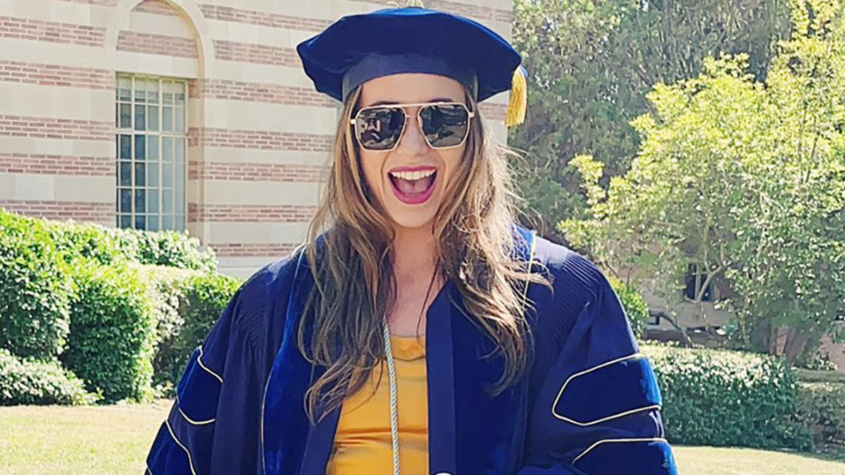

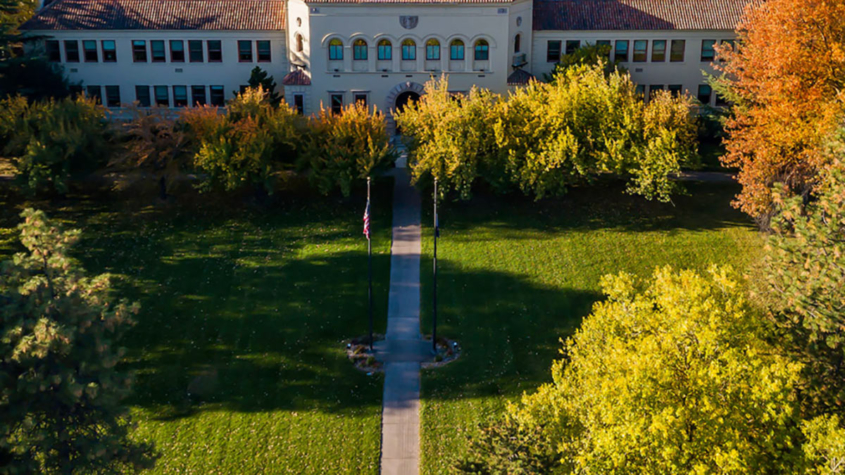
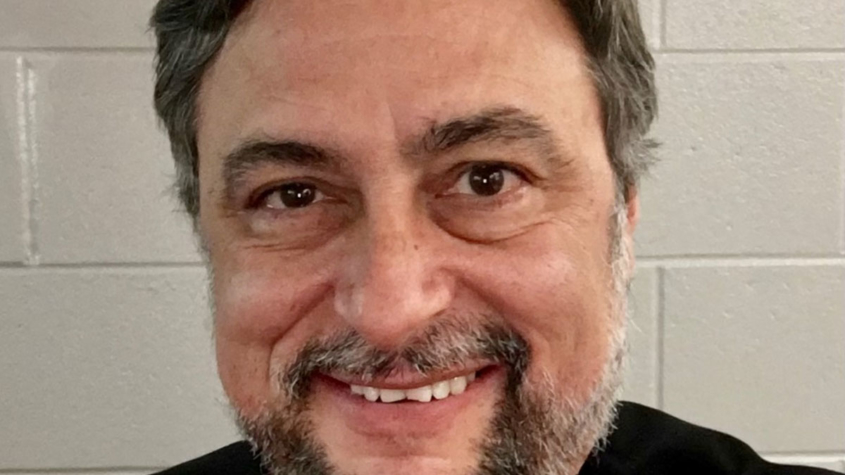
 “It is a true honor to be selected as a fellow of the National Academy of Inventors,” Henderson said. “I am proud to be included in an elite group of distinguished colleagues, scientists and inventors that are so impactful on the great challenges of our time.”
“It is a true honor to be selected as a fellow of the National Academy of Inventors,” Henderson said. “I am proud to be included in an elite group of distinguished colleagues, scientists and inventors that are so impactful on the great challenges of our time.”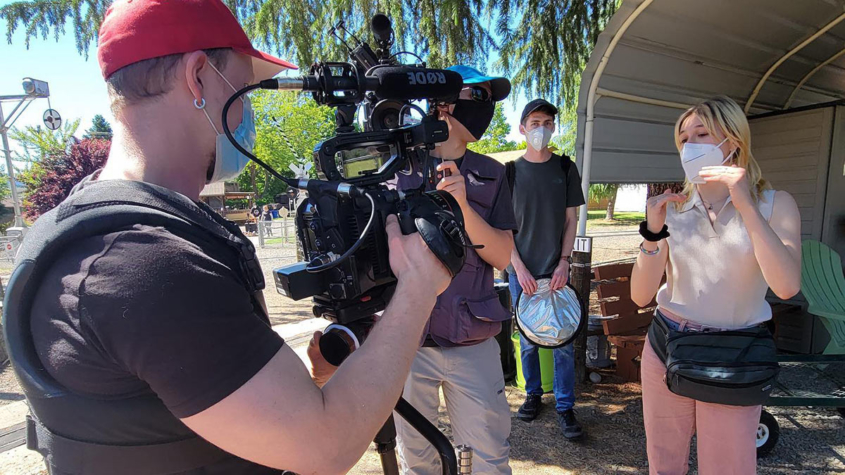
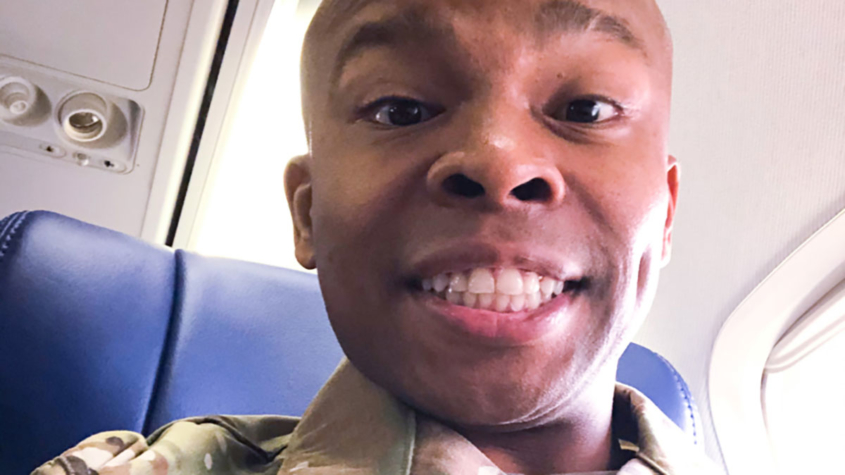
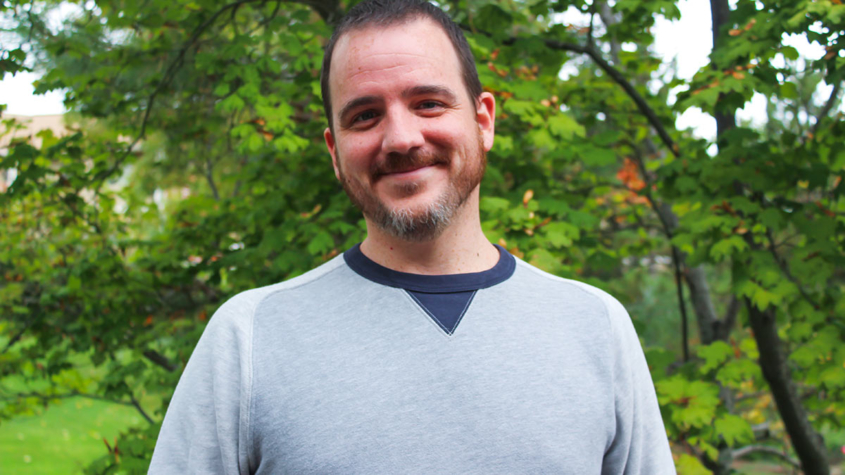
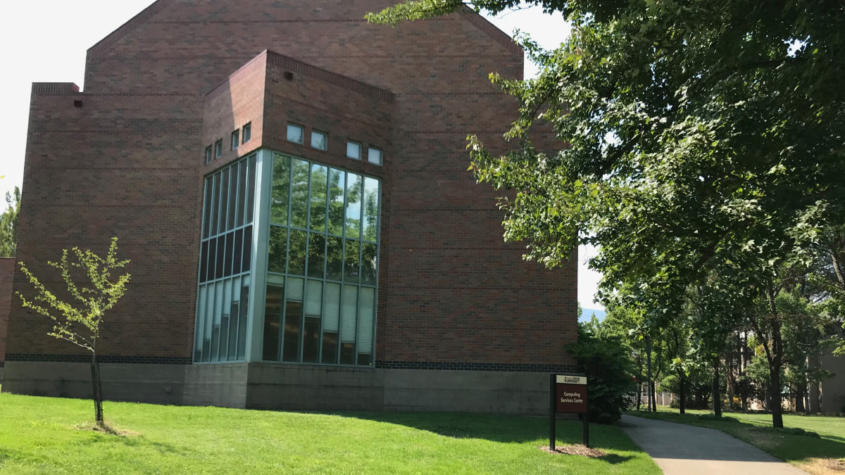
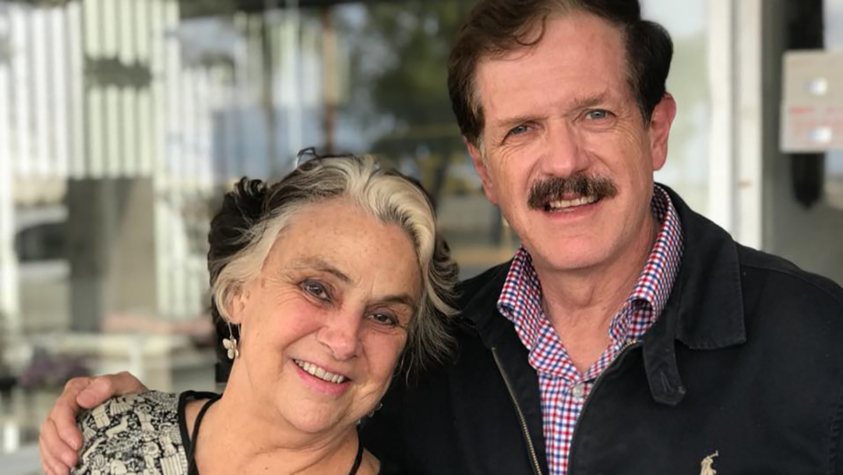
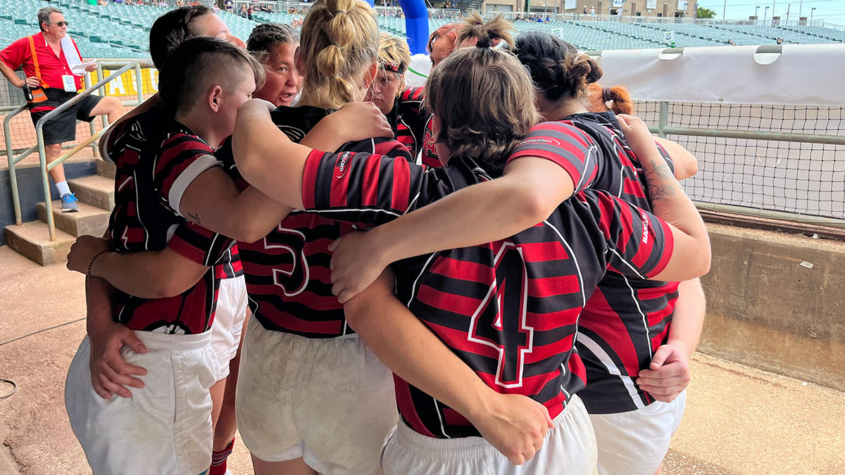
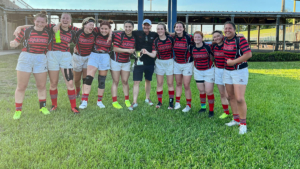 Losses in the first two rounds eliminated the SOU team, first from the 16-team championship bracket and then the eight-team consolation bracket. But SOU found its footing in the four-team Challenge Bowl Bracket – which team members jokingly referred to as the “Loser Bowl” – and came away from the tournament with a trophy, following its 19-12 victory over Clemson University in the Challenge Bowl Bracket’s championship game.
Losses in the first two rounds eliminated the SOU team, first from the 16-team championship bracket and then the eight-team consolation bracket. But SOU found its footing in the four-team Challenge Bowl Bracket – which team members jokingly referred to as the “Loser Bowl” – and came away from the tournament with a trophy, following its 19-12 victory over Clemson University in the Challenge Bowl Bracket’s championship game.